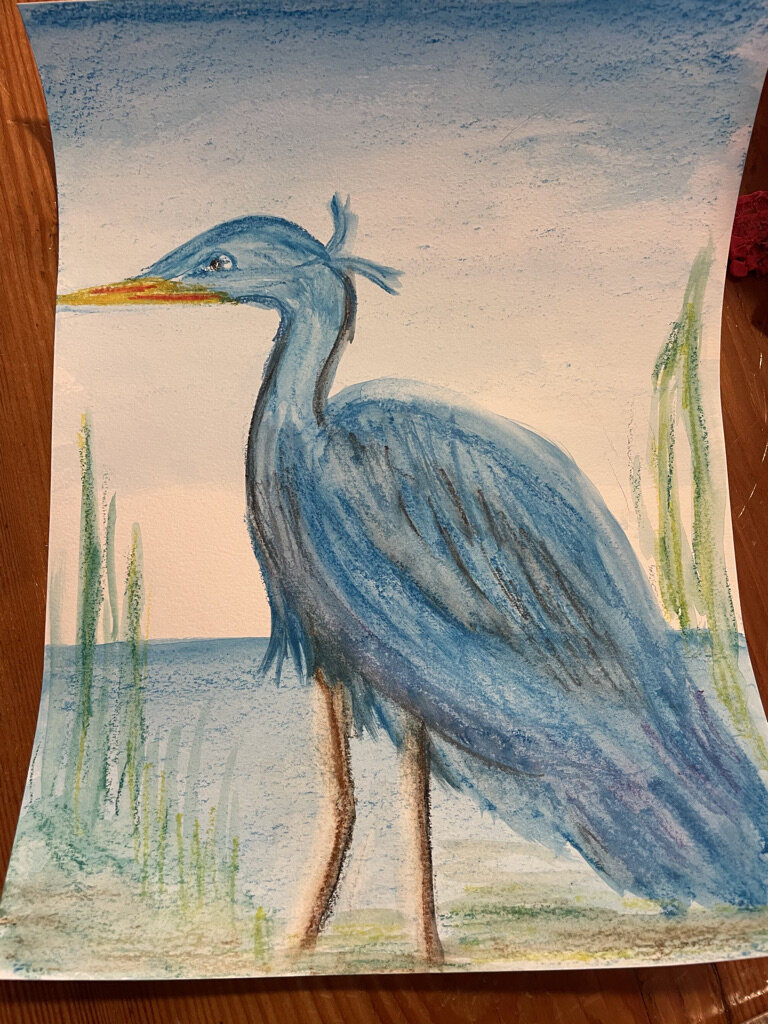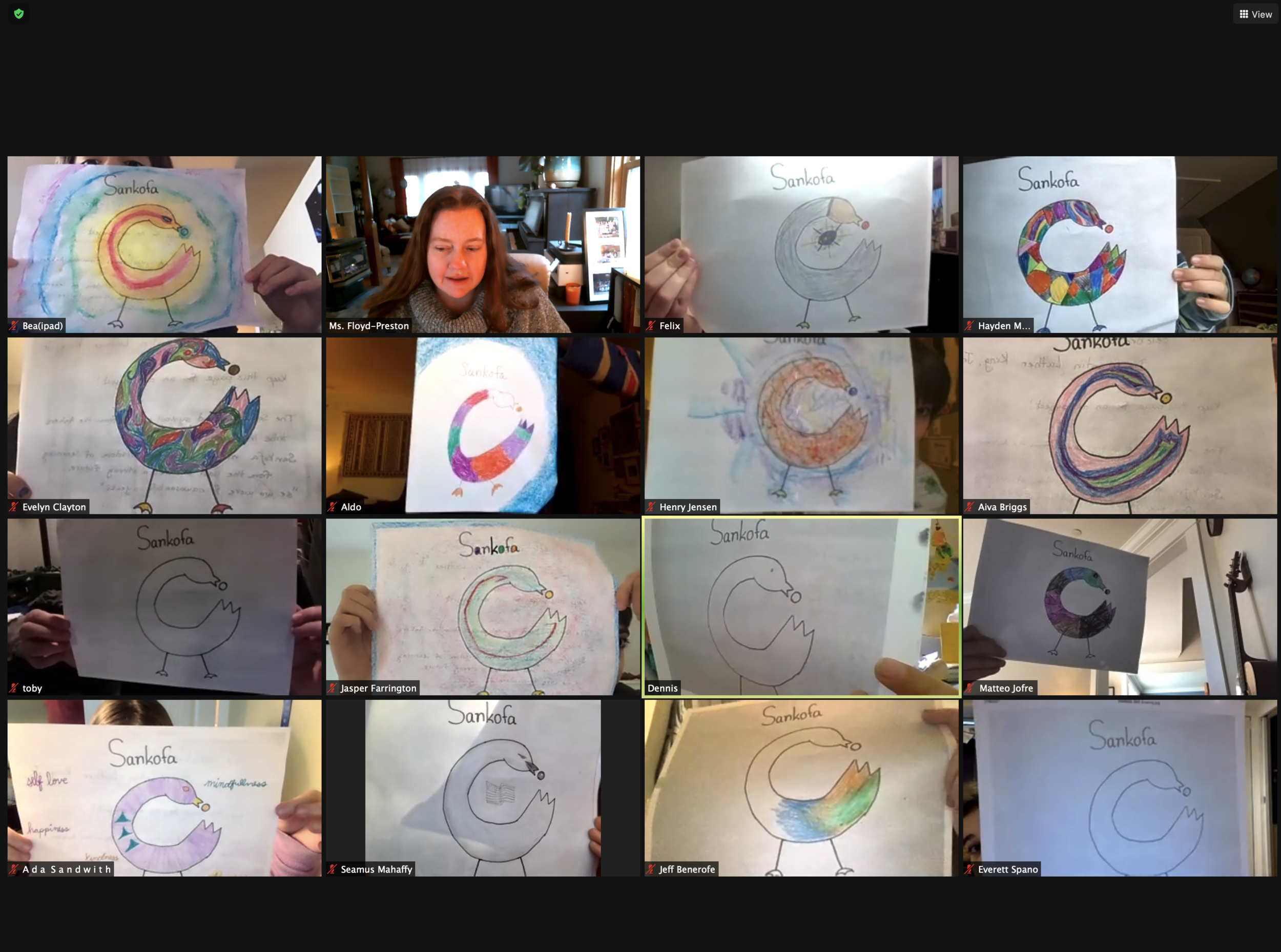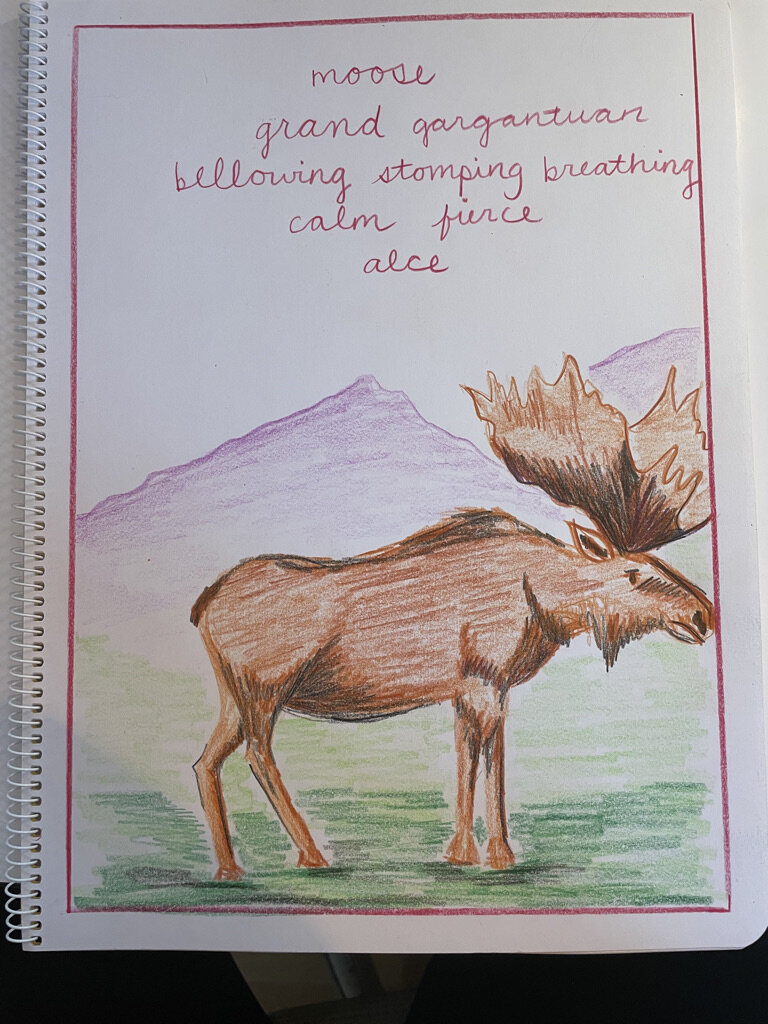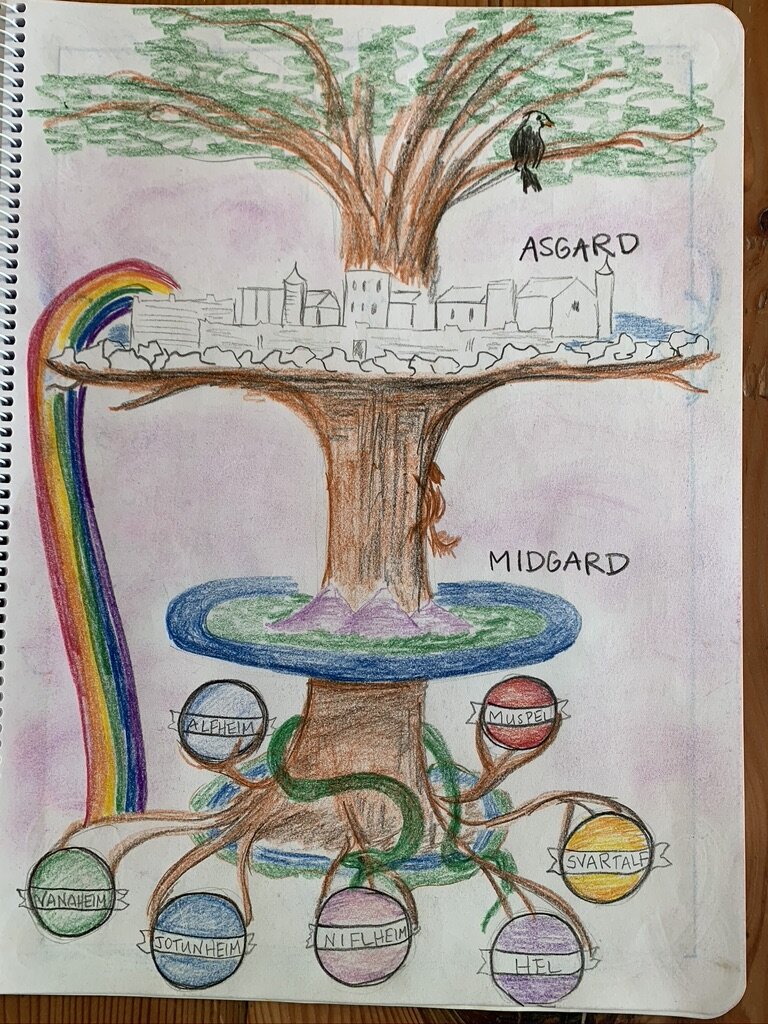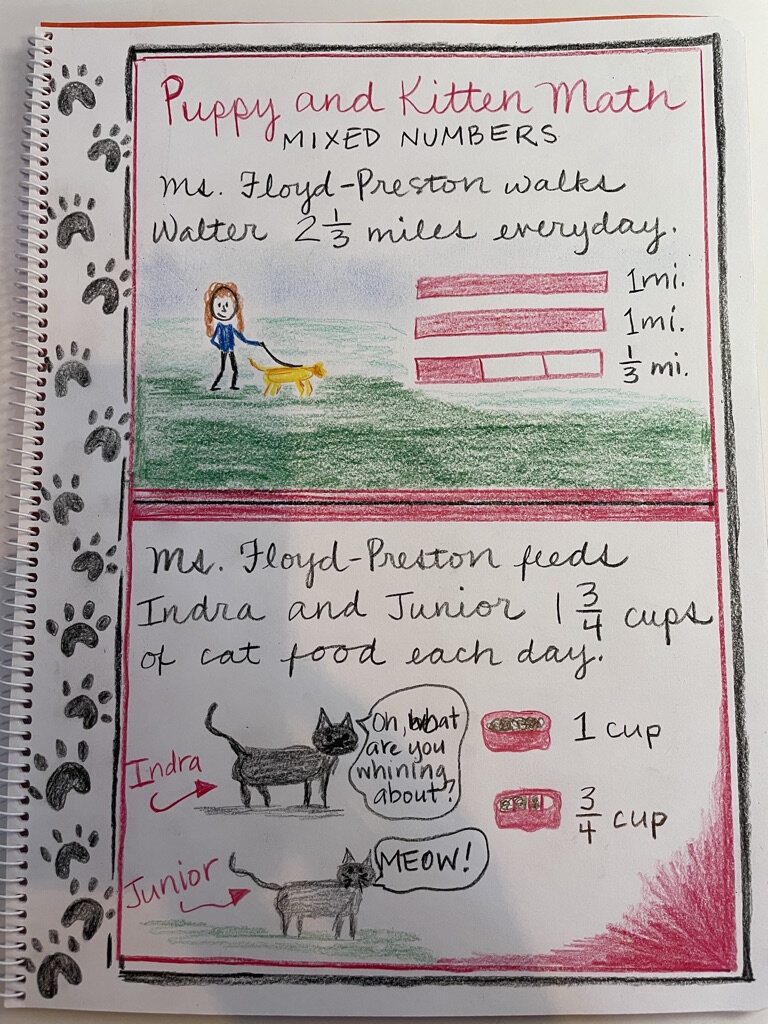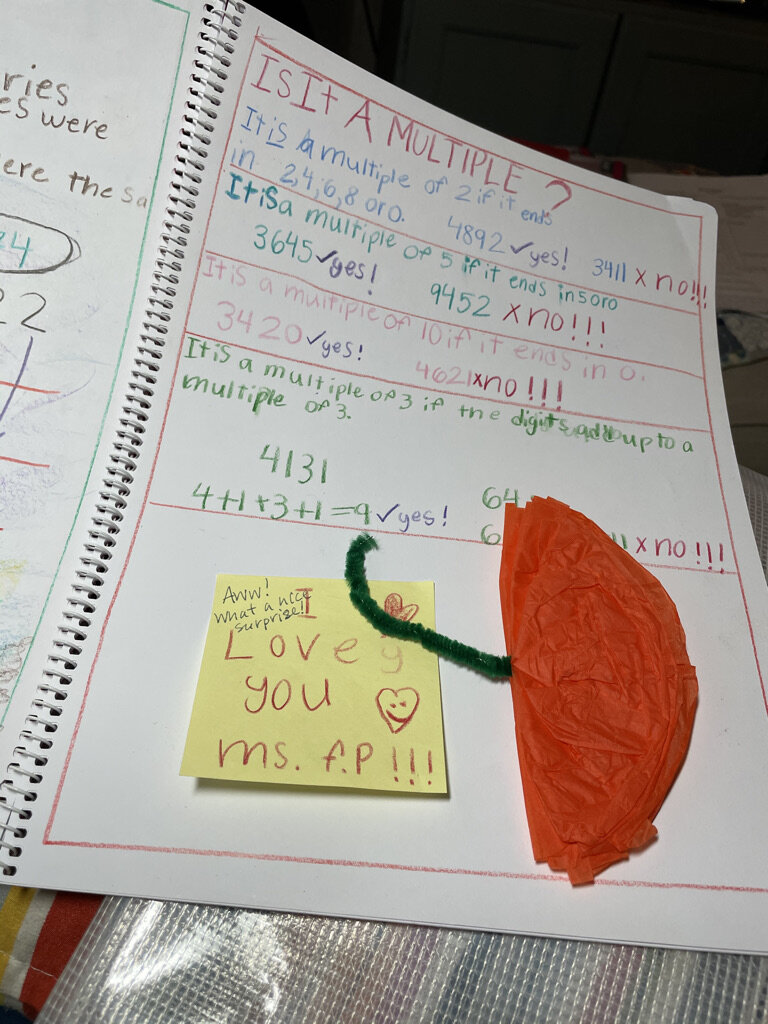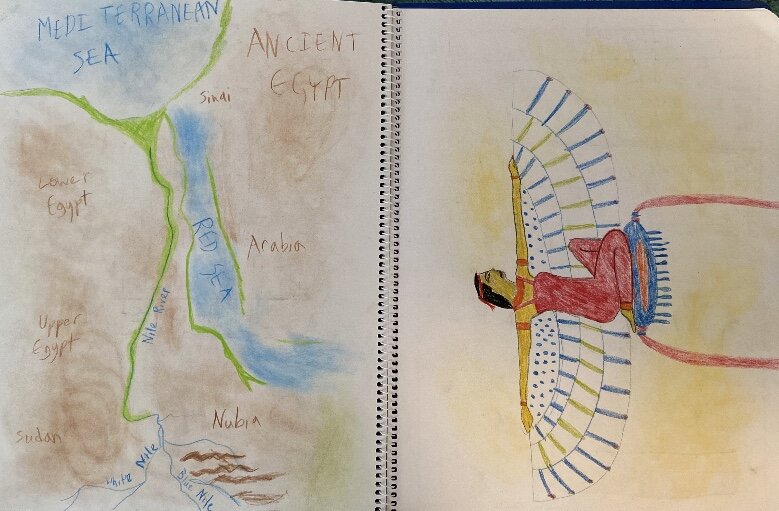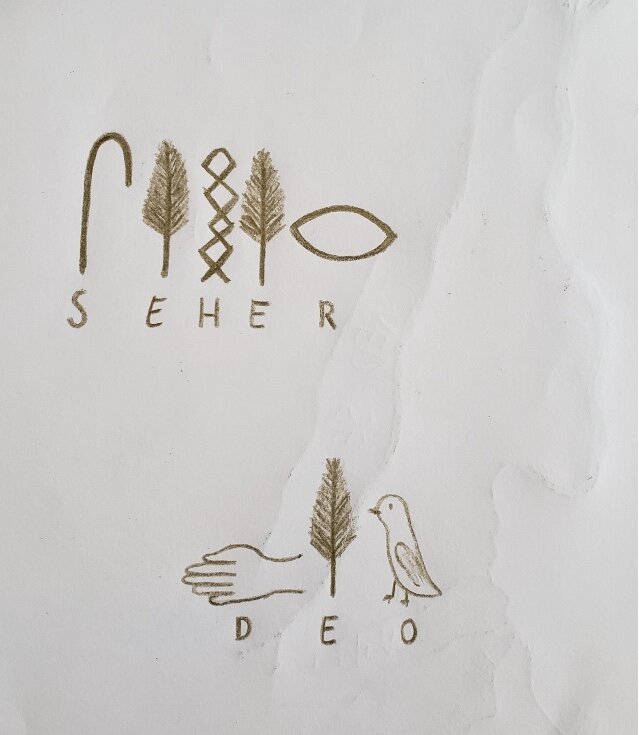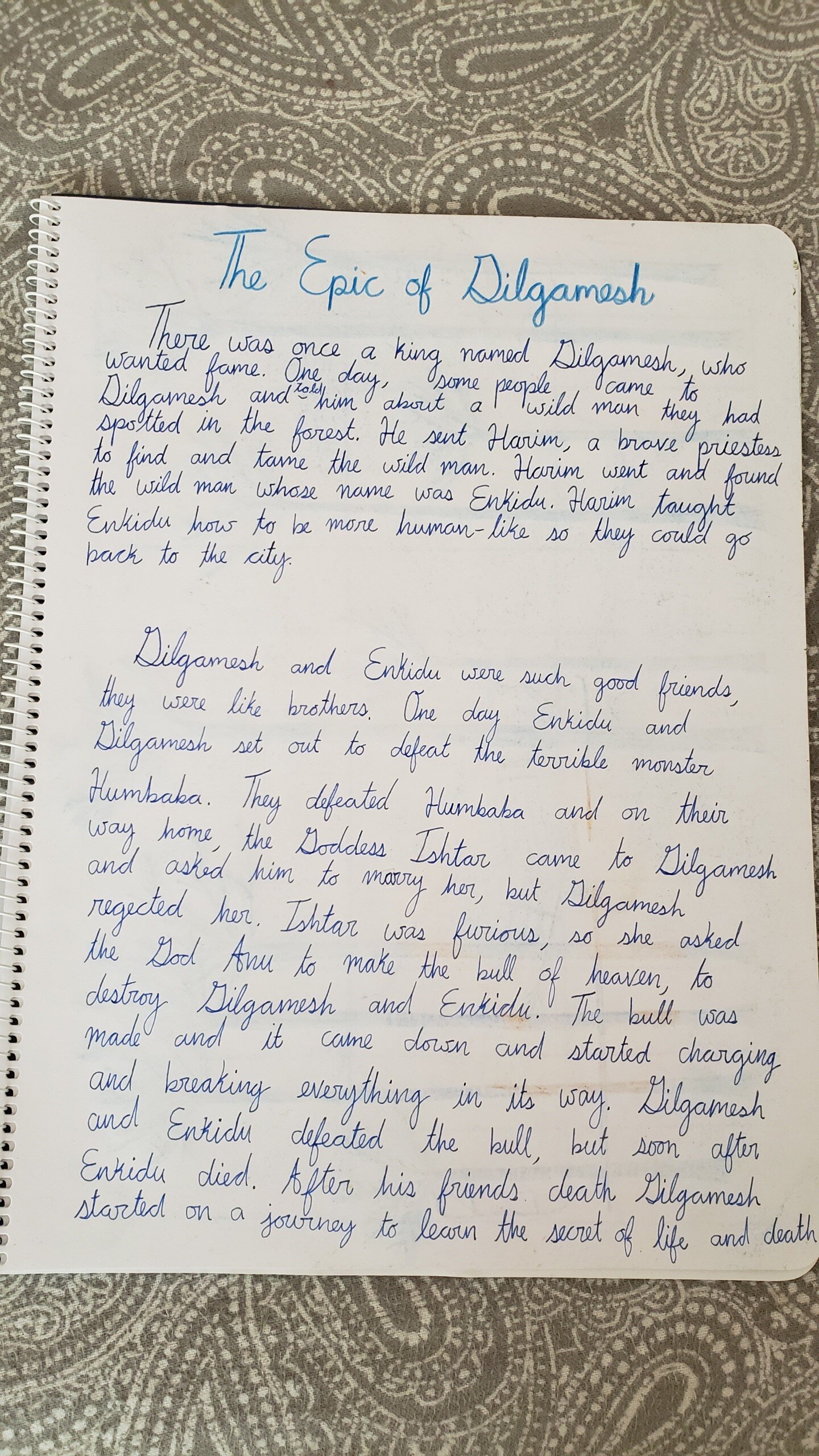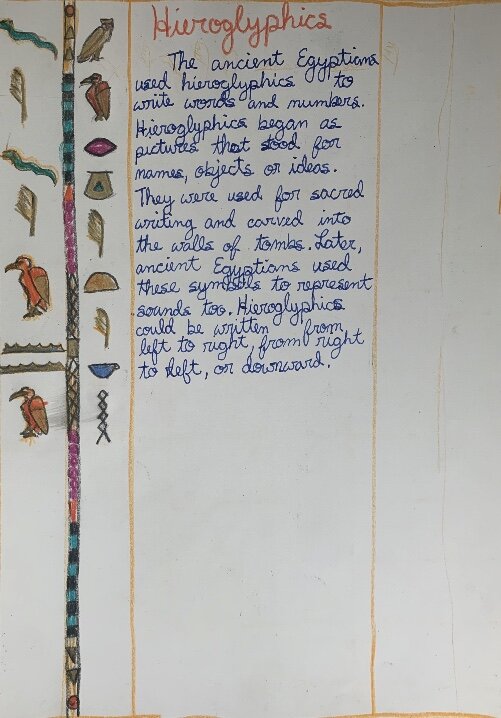Cedarwood Connected Learning: (Almost) a Year In
None of us ever imagined that we’d design and deliver a Waldorf education via Zoom.
But when the COVID Pandemic closed down our beloved school building in March of 2020, we knew that we had a commitment to uphold to our community: we promised our program would be dynamic, hands-on, and responsive to the children in front of us — whether that be in a classroom or on a screen.
In November, we checked in with a few teachers to see if learning can really happen on Zoom. Now that we are more than halfway through our 2020-21 school year, and almost a full year into distance learning, we thought we’d check hear from a few more of our classes to see how things are going with Cedarwood Connected Learning 2.0.
Second Grade Class
with Nancy Thompson
In person or online, in grade two we rely on rhythm and routine as a baseline in order to spread our wings little by little to take on new challenges.
And in person or online, this class has their own group dynamic as well as blossoming individual personalities with differing learning styles, gifts, and challenges. Connected Learning this year has been an opportunity to spread our wings in different ways than other years — teachers and students alike have learned new ways of being together, even when we’re apart.
Grade two has recently journeyed back to The Land of Mathematica, where we learned about the Counting Gnomes and Number Knights in first grade, to study Place Value up to the Millions. Whether online or in-person, second graders still love an imaginative story to introduce a new math concept! Many children will be able to remember the names and meanings of place value by remembering the story and drawing we started with.
Our journey took us to Ones Place, where nine single-person tiny homes stood. When the tenth person arrived, there was no space, so they all decided to move to the next town over, Tens Terrace, where they found that a home could fit all ten of them together. As more and more people in Tens Terrace enjoyed living in families of ten and enjoyed each other’s company and skills, these homes also filled up until another group of ten people arrived with nowhere to live. On they went to Hundreds Hamlet. And moving from left to right across the land, people moved to Thousands Thicket, Ten Thousands Township, Hundred Thousands Hill, and finally, Millions Metropolis.
Second graders are also playing flutes, throwing bean bags, skip counting, reading, drawing, learning cursive writing, taking turns, asking questions, following directions, sharing pets (and sometimes family members!) — all over Zoom.
This second grade teacher was a little anxious about teaching online, but the children led the way with almost 100% attendance and lots of enthusiasm and curiosity. They are sweet and kind, sensitive and brave, funny and caring, and I am so proud of their resiliency and progress.
Fourth Grade Class
with Meredith Floyd-Preston
Last summer when Cedarwood was busy planning our distance learning solutions for the 2020-21 school year, I mentioned it to my pleasantly snarky, young-adult, Waldorf-alum children.
“Ha! Waldorf distance learning? How are you going to do that? Smoke signals?”
“No, CARRIER PIGEONS! Hahaha!”
They burst into fits of laughter and walked out of the room, no doubt imagining their own beloved Waldorf teachers falling to their knees in the face of a computer screen.
Well, I’m pleased to say that today those snarky young-adults are pretty impressed with what Waldorf online at Cedarwood looks like.
And so am I! I am positively astounded by what the 4th graders have learned so far this year! These days we’re solving long division problems, turning improper fractions into mixed numbers, writing compositions, and turning in book reports. And though the technology sometimes gets in the way — “You’re muted again, Ms. Floyd-Preston.” — we’re making steady progress on our learning goals.
But most importantly, we’re having fun.
Early on, I realized that when it comes to pandemic teaching, learning goals aren’t really the point. We want these kids to know that everything is going to be okay. So my most important goal for each lesson is to see an abundance of smiles.
Imaginary baseball, dance parties, imaginary canoe trips over waterfalls, and the antics of our many class pets have had us laughing and thoroughly enjoying our daily lessons.
When it comes to Waldorf, it’s all about connection, so it’s no surprise that Cedarwood Connected Learning is proving so successful. We’ll take connection however we can get it.
Fifth Grade Class
with Antonella Focarino
Ancient cultures are a central theme in the fifth grade year. This year so far, the class has studied the cultures of Ancient India, Persia, Mesopotamia, and Egypt, primarily through their mythologies.
Fifth graders have also studied other aspects of these cultures, including the early development of agriculture, architecture, and writing. In the spring, the curriculum will take the class to Ancient Greece, where they will ultimately transition to studying history proper.
These Ancient Civilizations blocks also serve as Language Arts exercise material, in which students review and practice parts of speech, grammar, verb tense, and original writing of story summaries.
Last week, the students each wrote a summary of the story of the Egyptian goddess and god, Isis and Osiris. They also wrote their own names in hieroglyphics and drew the Giza Pyramids!
Later this month, we will begin our second North American Geography Block. We’ll be singing “Fifty Nifty United States” to get our mornings started! Each student will work on a state research project, which will feature a written report, an artistic component, and an oral presentation.
It’s been so gratifying to see the students’ academic and artistic skills develop amidst the challenges of distance learning.
Throughout the year, Ms. Focarino has witnessed the pride students experience when they grasp new concepts or follow assignments through to completion. The students have shown willingness to take on greater responsibilities, and they are seeing the fruits of their labor.
Emergency Child Care, Grades 4-8
with Sebastian Slaven-Davis
Coming into the shift of a new year, it has been a delight to look back upon the terrific growth we’ve seen in the upper grades emergency child care (ECC).
Day after day, as they are greeted with a warm good morning and a forehead thermometer check, they’ve managed with smiling eyes to continue to approach the day with a catching enthusiasm.
Today, in a great show of it, a fourth grader mentioned in class a story from his fourth grade Norse block, and three separate voices from older grades excitedly regaled us with the details; the thrill of that shared knowledge was exceedingly evident.
The group recently discussed with great joy and plenty of chagrin both the rewards and challenges of the class’s particular situation. Seeing how, in the end, everyone in their classes at home are trying out a new learning method as well, we’ve worked on recognizing the diversity of experiences our class, our schools, and our homes hold.
This year, if anything, has emboldened the students’ empathy in wonderful ways, and it is a treat to see.
We have just received a new student into our ECC group, and it was a fitting example of just how the students have fostered a remarkable ability to embrace, yet again, another new thing with their well-kept warmth, humor, and curiosity. It was notable how readily the new student was welcomed into our cohort, how quickly the other students have already guided him through the various key principles of our unique class setting. They effortlessly reminded him of various mask protocols, helped get his wifi set up, and found him a charging cord for his device. Someone showed him where the class-made comic book box lives (inspired in part by Mr. Wooton’s ongoing Art Club meetings), and someone challenged him to a game in our months-long chess tournament — and he quickly showed himself an adept player!
His desk is tucked within a green gym mat nook, where we set up bins for holding their great wealth of materials: colorful origami paper, eurythmy rods, tufted wool, brimming math journals, and many other fascinating things. The other students helped lead a walkthrough tour of our pandemic-annotated school space during lunch. The 6-foot distanced handwashing station, with accompanying brightly colored signs, designed with obvious care by the ever busy, multi-tasking Mr. Jeremy (Cedarwood’s facilities manager), pointing out which faucets are and are not intended for use. The hallway sanitation stations that appear to pop up around nearly every corner, so that one is always at hand when needed.
Once the brief tour finished, the students held an impromptu discussion for our new student around the travails of multiple grades classes occurring simultaneously in the socially-distanced, but still close proximity of our classroom. This discussion developed fairly quickly into a group recital of comedic annoyances: the sudden outbursts of fifth grade singers, the loud guffaws of the sixth graders at a joke heard only through their headphones, the occasional surprise dance parties erupting from our small-but-mighty fourth grade contingent. The difficulties they highlighted almost invariably fall into a mirthful punchline that left them collectively giggling.
As lunch time came to an end, the giggling petered out and afternoon classes began on Zoom. The students pealed off to their desks, some standing and reciting a poem with other students scattered on screens across town, and, in some cases, across the country. Others lugged their instruments to the gym to pluck out a newly-learned hymn, with cellos congregating on one side, violas on another, the single bass backing them all in a corner. Quietly, two students (one of them our newest addition) tucked into their handwork boxes, removing their cross stitch and beginning to work.
While the year has managed to introduce numerous novel impediments to the normal school year, this group of ECC students has navigated a remarkable, slightly unknown path with tremendous courage and kindness. This courage and kindness, so thoroughly represented in these students, is surely a reflection of the deep-rooted care and articulate consideration of numerous parents, teachers, administrators, and our community as a whole.
All of us toiling within that same unknown, ready for a return to normal, and preparing for a normal that will undoubtedly be something new.


